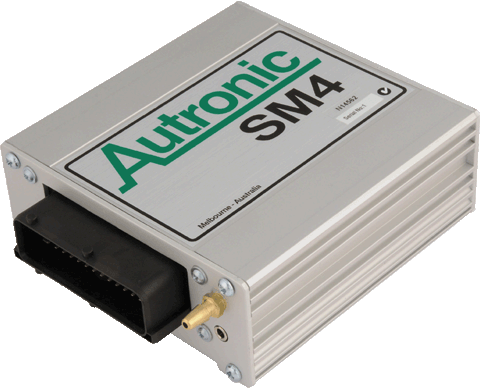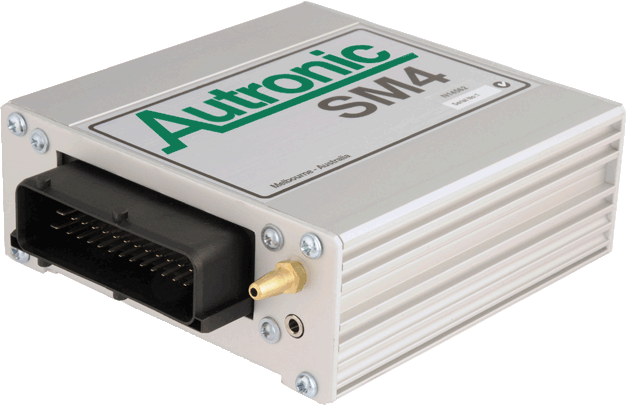
MAFM1 - LAMBDA METER
•
Do not drop the sensor or expose it to excessive vibration. Mounting in an unsupported vibrating exhaust system must be avoided.
•
Do not leave the sensor in the exhaust when the sensor is unpowered. Damaging contaminants will build up on an unpowered sensor.
•
Do not contaminate the sensor. Exposure to lead and other heavy metals, phosphorus, silicon, non-sensor safe silicon sealants, excessively oily or sooty exhausts, etc. will permanently damage the sensor. Leaded fuels and some types of octane booster additives are particularly damaging.
•
Sensors are intolerant to thermal shock. Immediate destruction will result if the sensor tip is exposed to water or liquid fuel (especially alcohol) while the sensor is powered and/or hot. Sensor mounting from the underside of the exhaust pipe must be avoided. When using a tailpipe extension adaptor, do not install the adaptor into the exhaust until the exhaust system has been warmed sufficiently to preclude condensation.
•
Excessive exhaust pressure especially when combined with high exhaust temperature will damage or destroy the sensor. Any departure of exhaust pressure from ambient atmospheric pressure will cause a lambda measurement error. The sensor should be installed downstream of the turbocharger in all instances other than low boost-low backpressure applications.
•
Excessive exhaust pipe and/or exhaust gas temperature will affect measurement accuracy and reduce sensor life, and in extreme cases cause sensor destruction. Engine misfire is a well-known cause of Lambda sensor and catalytic converter damage. Extended duration exhaust gas temperatures above 850 degC and sensor hexagonal head temperatures above 500 degC, must be avoided.
•
Exposing the sensor body to excessive heat will permanently damage or destroy the sensor. The sensor body temperature in proximity to the wire exit gland, should not exceed 180 degC. Therefore the sensor should not be installed into the upper portion of an exhaust pipe where hot air convection can overheat the sensor body. Ventilation and/or shielding may be required. Also, when using a tailpipe extension adaptor, ensure that hot exhaust gas does not impinge on the sensor body. The tailpipe extension adaptor should incorporate a deflector shield for protection.
•
The sensor receives ambient reference air via the sensor body and/or wiring. Damaging contaminants can enter with the reference air. Also, restriction of supply, or exhaust gas contamination of the reference air will affect measurement accuracy. Therefore do not paint, wax or otherwise coat the body, wiring or connector or apply anti-corrosion agents or contact spray to the connector/s; and avoid exposing the sensor body or wiring to water or exhaust gas.
•
Sensor manufacturers generally recommend mounting the sensor within +/- 10 deg of horizontal, so as to simultaneously minimize body heating and risk of exposure to condensation. Recommended mounting is within 1 metre of the engine to avoid condensation. Use sensor safe thread lubricant during installation and tighten to 50 - 60 Nm.
Lambda sensors are consumable items. Their life is dependent upon many factors. Misuse will cause poor performance and reduced life, and possibly result in permanent damage or immediate destruction, and may void warranty. Life span can be maximized by observing the following precautions:
LAMBDA SENSOR CARE



© 2023 Aubert Electronics Pty Ltd
